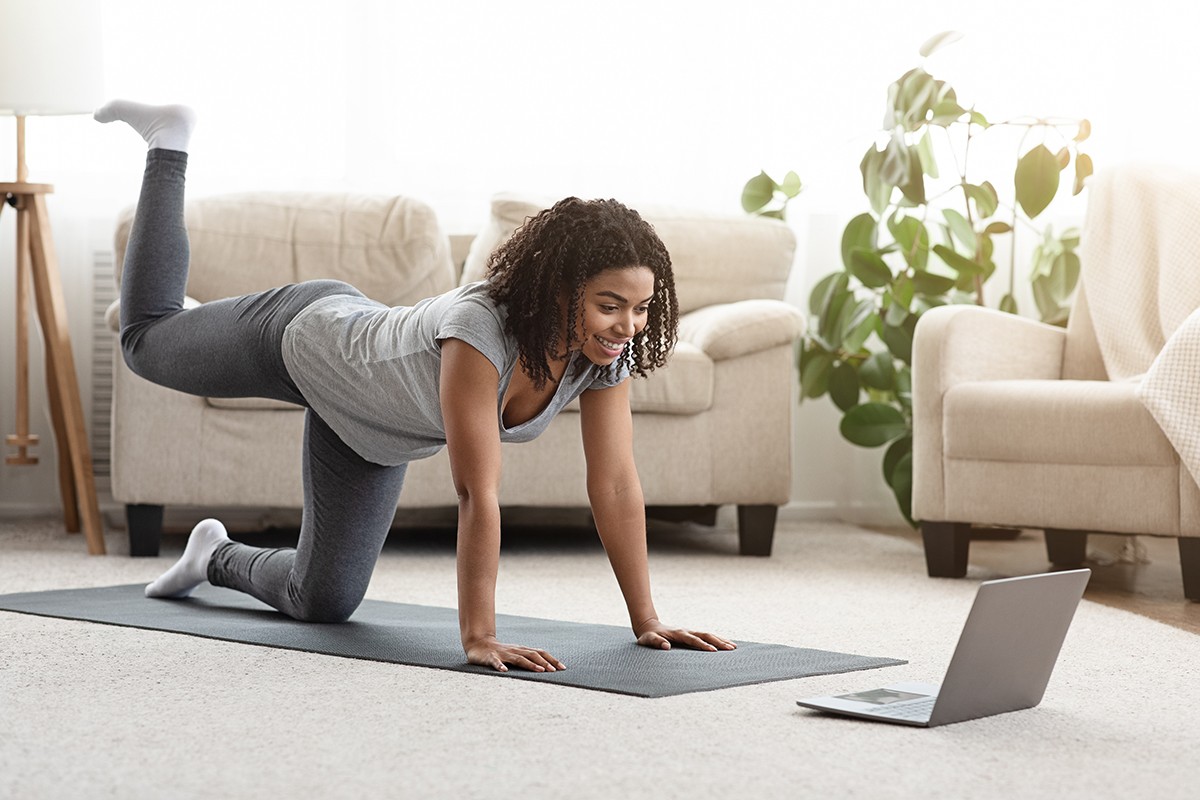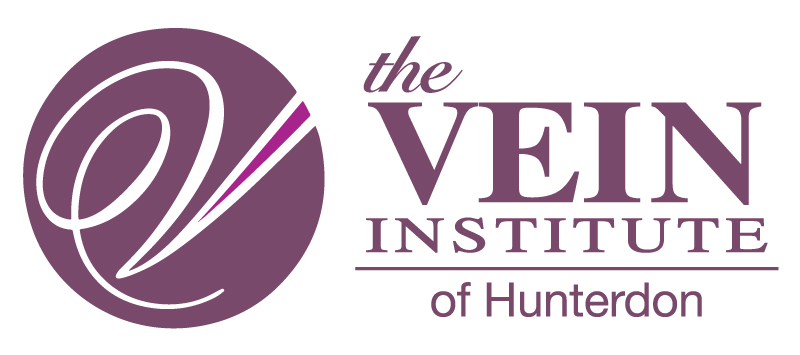Why Exercise Is Good for Vein Problems

Anyone who deals with varicose veins—or the similar, smaller version known as spider veins—knows how frustrating vein problems can be. These twisted, bulging veins can throb, burn, itch, cramp or even swell. Often they require medical treatment. For the one in four American adults who have varicose veins, there are frequently accompanying issues, like skin damage or even blood clots. Are you are noticing symptoms of what could be varicose veins or know you have them and are wondering if exercise is safe? Here is the good news: self-care strategies like exercise can sometimes help.
What Exercise Does for Veins
Exercise may ease the discomforts of varicose veins and keep them from getting worse. How? Even a low-impact exercise, like walking, can have a powerful effect on the body. It encourages blood circulation and gets the blood moving throughout your body. Sitting or standing in the same position for long periods of time can create vein problems. Regular movement, such as exercise, can actually discourage them. Likewise, exercise can help you maintain a healthy weight. This is another way to take pressure off your legs and promote good blood flow.
Other Preventative Strategies
If you are curious about other preventative strategies for vein problems beyond exercise, here are a few possibilities. When combined with a lifestyle of regular movement, these options can potentially prevent the risk of vein issues and help with existing problems.
- Keeping weight low
- Eating a high-fiber diet
- Eating a low-sodium diet
- Avoiding high heels
- Avoiding tight hosiery
- Elevating the legs
Generally speaking, exercise is good for the body and its veins, primarily because it is good for circulation. The more blood gets moving through the body, the better. Patients who are concerned that exercise makes vein problems worse, can try wearing compression stockings during workouts, as well as elevating legs after cooling off.
